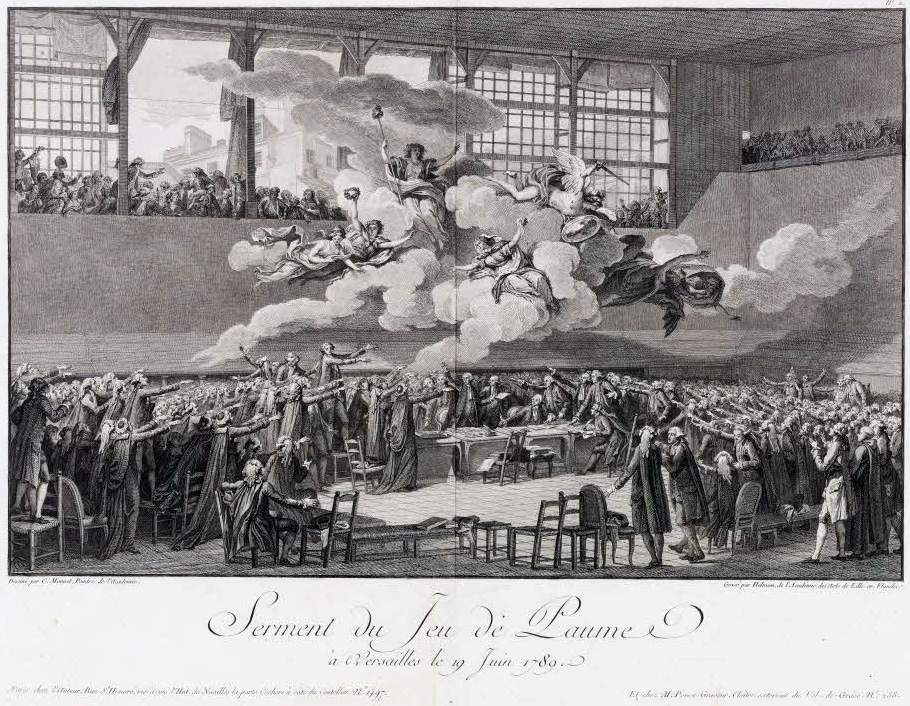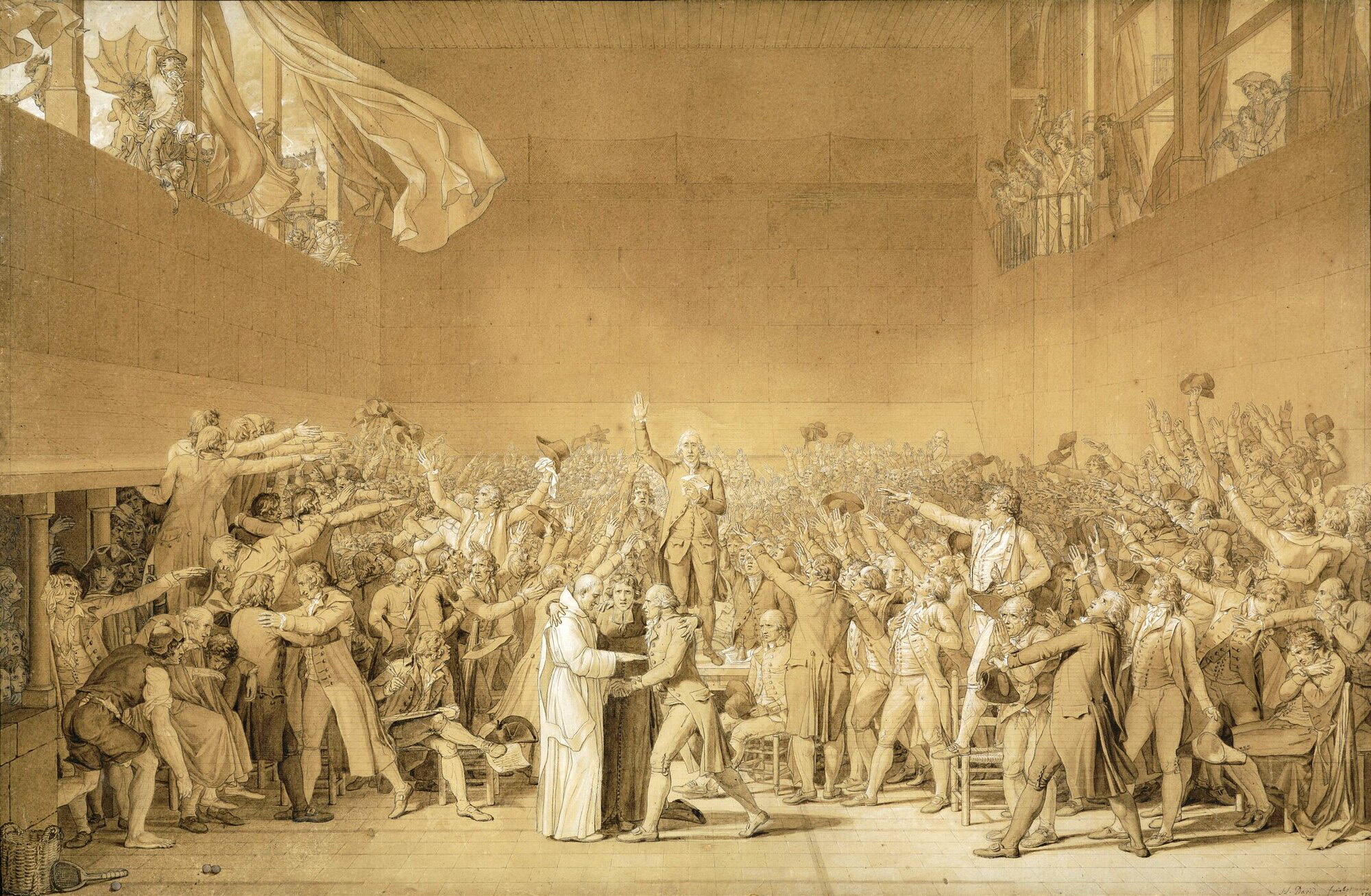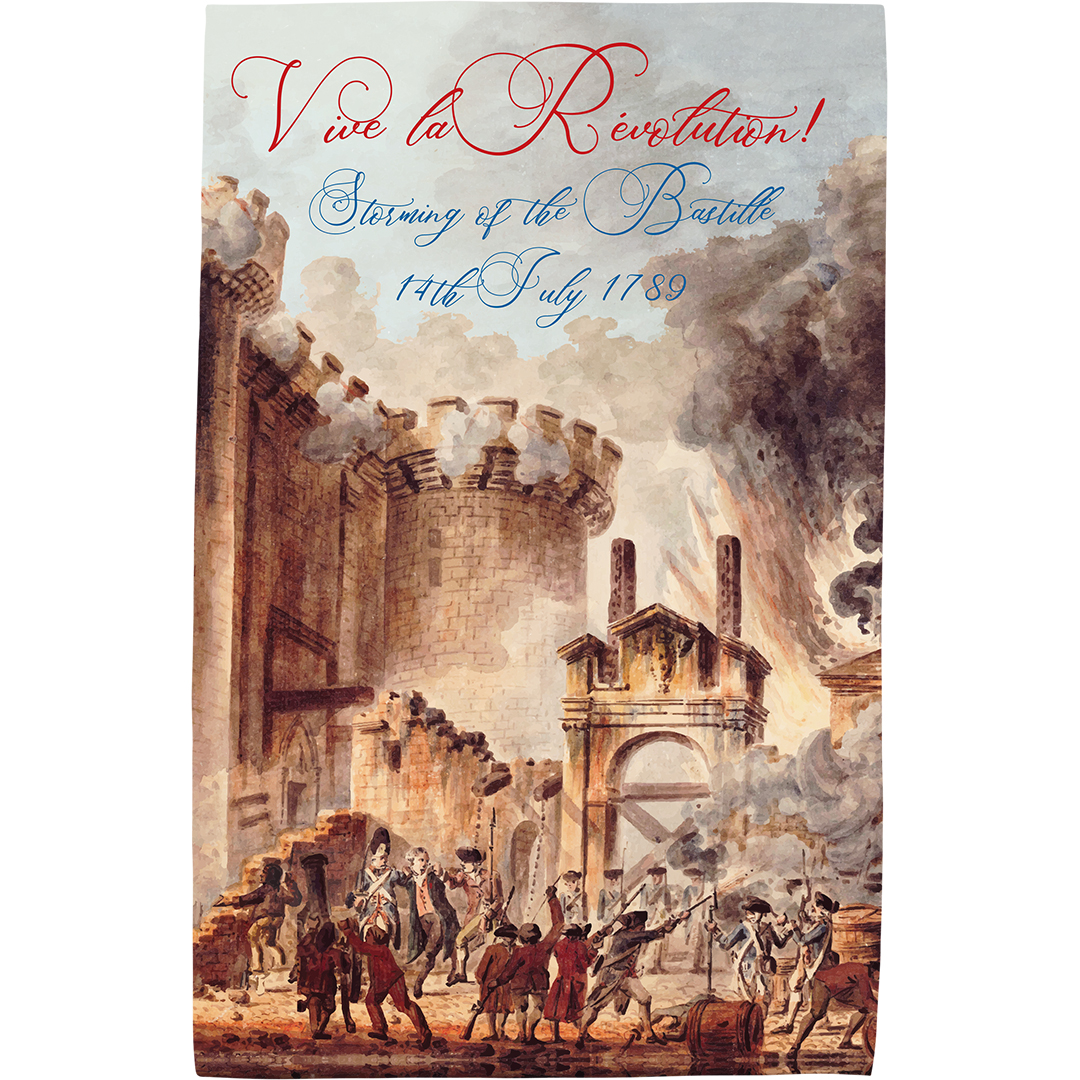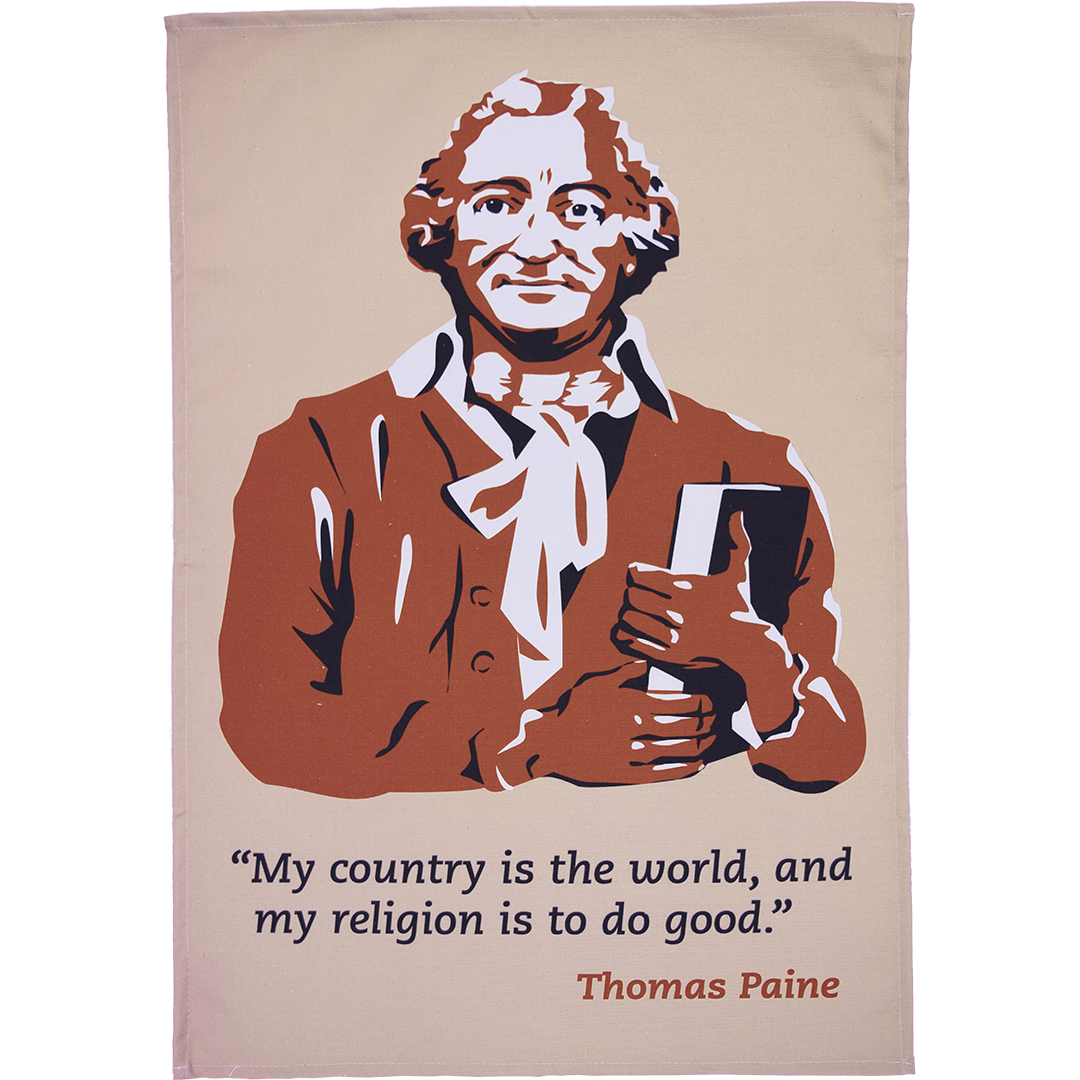The Tennis Court Oath: How The French Revolution Began
Posted by Pete on 20th Jun 2022

The story of how a tennis court became one of the most important sites in radical history...
You might expect revolutions to start out in factories, shipyards, or prisons – not luxury tennis courts.
But this is exactly what happened with the most famous revolution of them all.
The French Revolution began on the Royal Tennis Court at Versailles on 20 June 1789, when radical deputies refused to give in to pressure from King Louis XVI to accept his instructions.
Forget Murray versus Djokovic – this was King Louis versus the people!
The Storming of the Bastille was a pivotal moment in the French Revolution - but it all started a few weeks earlier on the Royal Tennis Court at Versailles
Click to view our Storming of the Bastille tea towel
Basically, what King Louis wanted was cash. Having bankrolled the North American revolutionaries in their fight against Perfidious Albion, the French monarchy was flat broke.
Minister after minister told Louis that France needed to make some radical changes to taxation. This required calling the ‘Estates General’, an ancient representative body of the French monarchy, albeit a very rusty one – it hadn’t been called since 1614.
The Bourbon kings liked two things above all else: calling their sons ‘Louis’, and not consulting their subjects on how to govern France.
But desperate times call for desperate measures.
The radical writings of Thomas Paine played a key role in both the American and French revolutions
Click to view our Thomas Paine tea towel
As the name suggests, the Estates General divided the French population into three ‘estates’. The First Estate was the clergy, the Second Estate was the nobility, and the Third Estate was the people who didn’t fall into either of these categories.
Each estate had a roughly equal voice in the gathering, which sounds fair - until you realise that the people who didn’t fall into either of these categories equated to 97% of the French population.
The Third Estate of France
was France, and, gathered at Versailles in 1789, radical deputies began to argue as much.
They met separately from the other two estates and started calling themselves the ‘National Assembly’.
Members of the clergy and nobility were invited to sit with them, as fellow and equal citizens. Some renegades, like American war hero the
Marquis de Lafayette, joined them. Most refused.
King Louis was on the side of the reactionaries: all he wanted was for the Estates General to sign him a blank cheque, then leave him alone.
All this talk of liberty and national sovereignty was not part of the plan.

A drawing by Jacques-Louis David of the Tennis Court Oath - yes, it was an indoor tennis court!
Then, on 20 June 1789, the Third Estate deputies found their meeting room locked and guarded by Royal soldiers.
They feared the worst – a reactionary crackdown by the King.
In reality, Louis was hopelessly uncertain about what to do with the Third Estate, but the appearance of an imminent crackdown was enough to push the rebels over the edge.
The French Revolution was about to begin.
One member, Joseph-Ignace Guillotin (namesake of the guillotine), looked around and saw the Royal Tennis Court. It would make a fine venue for a defiant stand against the King.
The National Assembly gathered there and, led by the famous Mirabeau, swore an oath
“not to separate” and “to reassemble wherever necessary until the Constitution of the kingdom is established.”
I guess you could say it was match point. But then King Louis backed down.
To keep up the illusion he had any control over these goings-on, he ordered the clergy and nobility to join the National Assembly, where everyone would have an equal vote.
This apparently formal change in the rules uncorked the French Revolution.
The people now ruled France, which was no longer the private property of a gang of aristocrats – the King himself had said so.
The Storming of the Bastille, the abolition of feudalism, the
Haitian Revolution, and so much more radical history is traceable to this moment on a tennis court in Versailles.


